Relaxing Lamaist Stupa Style Dagoba Steeple Days
Wednesday, August 17, 2011
 Anyang, Henan, China
Anyang, Henan, China
Hey Hey and a Big G'Day toya,
After yet another long haul (around fourteen hours), I can now be found in the city that was the very first of China’s ancient capitals. I left the ancient Ming Dynasty Walled city of Xingcheng and bused it to Beijing where I raced between several bus and train stations trying to find one that had a single ticket south. After many hours without luck finally a lady overheard my despair along with my chosen destination and with a smile she took me by the hand and within minutes I was put on her friends bus (without ticket) and on my way eight hours south.
During the day it is a very slow paced city where I’ve found myself sleeping until well after midday the last few days. I then spend the afternoon searching for small alleyways and tiny family run noodle eateries. The evenings have been spent writing while people watching in the cities very vibrant mall area that after the sun heads elsewhere for another night the place transfers into a night food and clothes market.
Tianning Temple
At the heart of the Old Town and not far from the central Bell Tower can be found the Tianning Temple along with its curious pagoda. The temple was established Zhou Dynasty (BCE 1100-221) and entering through the magnificent front gate brings you into the first courtyard, which is dominated by the Hall of the Heavenly Kings, a three room hall that features hanging eaves over ornate gables along with a jolly golden statue of the Maitreya Buddha along with some large temple guardians.
Rising from the temple's second courtyard, Wenfeng Pagoda was originally completed the year 925 and renamed during the Qing Dynasty (1644–1911) to reflect its proximity to a Confucian temple. The pagoda stands on a two-meter high stone pedestal and is decorated with multi eave roofs, carvings of Buddha’s and Bodhisattvas along with a ten meter Lamaist Stupa Style Dagoba Steeple at the top. The unique pagoda is a beautiful sight as it rises up like a majestic umbrella from the streets of Anyang’s old town.
Bell Tower
At the heart of old quarter survives the onetime pacemaker for the people who lived here yesteryear. Now thoroughly restored, complete with new bell and looking (well, ancient I guess) finds itself situated within a wonderland of boutiques and chain stores, including the inevitable KFC. The warren of hutongs and homes that for hundreds of years provided refuge for the ancient city’s residents have sadly been swept away by modern developers whilst bringing the city into the 21st century but if you spend a bit of time darting down the small lanes and alleys in the area I’m sure your camera will leave with a smile.
Now For a Bit of History
Anyang is situated at the northern tip of Henan Province and is at the crossroads of the three provinces of Shanxi, Hebei, and Henan. With well over three thousand years of history this forgotten little town is the earliest of the eight great ancient capitals of ancient China, making it an important focal point of the Chinese nation and culture. It was authorised as the capital city of the Shang Dynasty (16 to 11 BC). This is the site where over one hundred and fifty thousand oracle bones were discovered and the inscriptions have proved to be the earliest written characters. The far western edge of the city was home to prehistoric cavemen during the Stone Age and over seven thousand artifacts (including stone tools and animal bone fossils) have been unearthed here representing what has been dubbed the Xiaonanhai culture.
Around 2000 BC the legendary sage kings Zhuanxu and Emperor Ku are said to have established their capitals in the area around Anyang from where they ruled their kingdom and their mausoleums are today situated in Sanyang village south of Neihuang County.
The capital served twelve kings in eight generations, including Wu Ding under whom the dynasty reached the zenith of its power, until it was wiped out along with the dynasty that founded it by King Wu of the Zhou Dynasty in BC 1046.
Anyang's Tangyin County was the seat of Yue Village, birth place of the famous Song Dynasty General Yue Fei. This was also the historic home of Zhou Tong, Yue's military arts tutor and in 1899, in Xiao Tun Village of Anyang City, Henan Province, villagers found many tortoise shells and bones carved with letters and symbols, which unveiled to the world Yin Xu, an ancient city with a long history and splendid culture. About three thousand three hundred years ago, the emperor of the Shang Dynasty (16th - 11th century BC) moved his capital city to Yin, which is today's Anyang city, and Yin then became the capital city for more than two hundred and fifty years.
Today Yin Xu is the earliest remains of an ancient capital city in written record.
Because of its great value in not only the historical relics of Chinese culture but also the human civilisation, Yin Xu topped the one hundred Greatest Archeological Discoveries of China in the last century and it was listed in the World Cultural and Natural Heritage List of United Nations Educational, Scientific and Cultural Organization (UNESCO).
Beers N Noodles toya…..shane
___________________________________________________________
The soundtrack to this entry was by Lemon Jelly
The album was 'KY’
____________________________________________________________
Other Entries

 Anyang, Henan, China
Anyang, Henan, China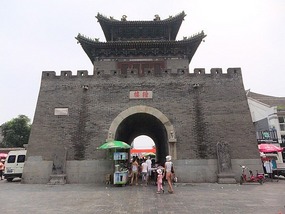
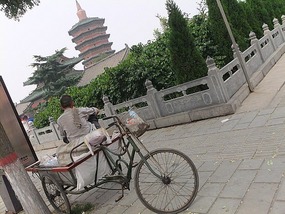
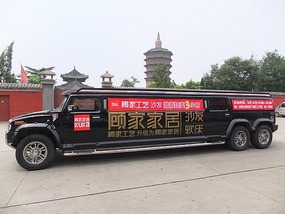
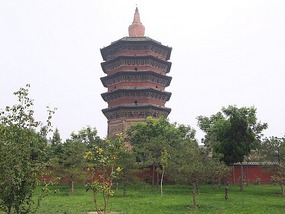
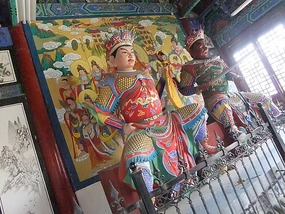
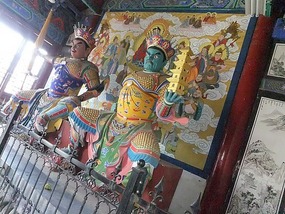
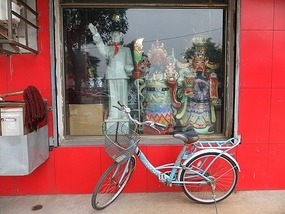

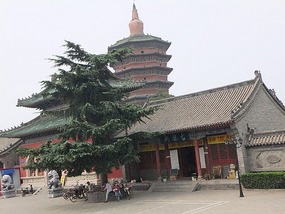
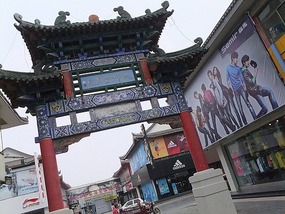
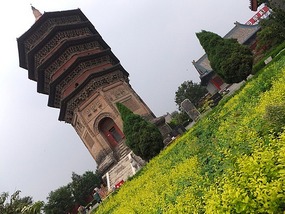
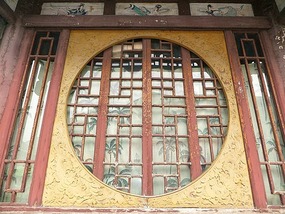
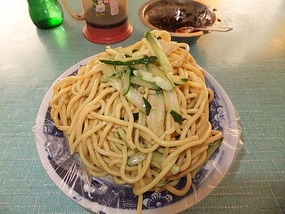
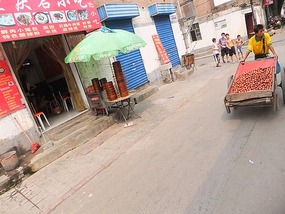

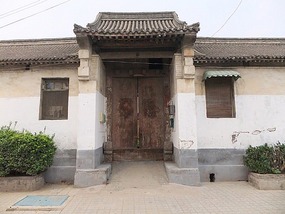
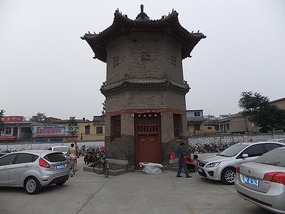
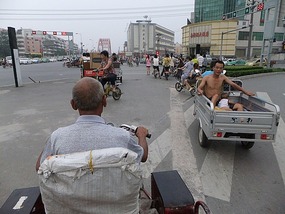
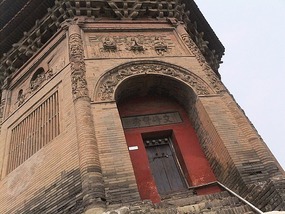
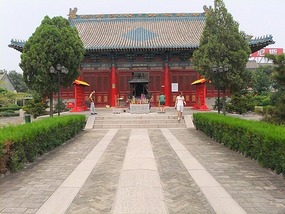
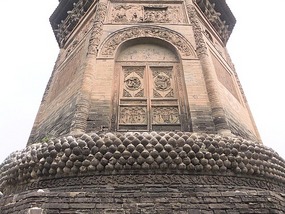
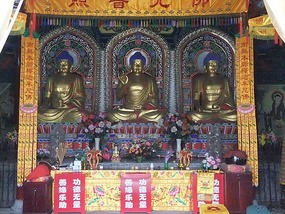
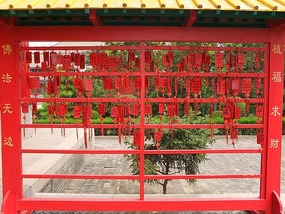
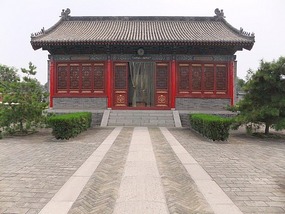
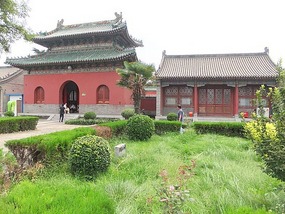

2025-05-22